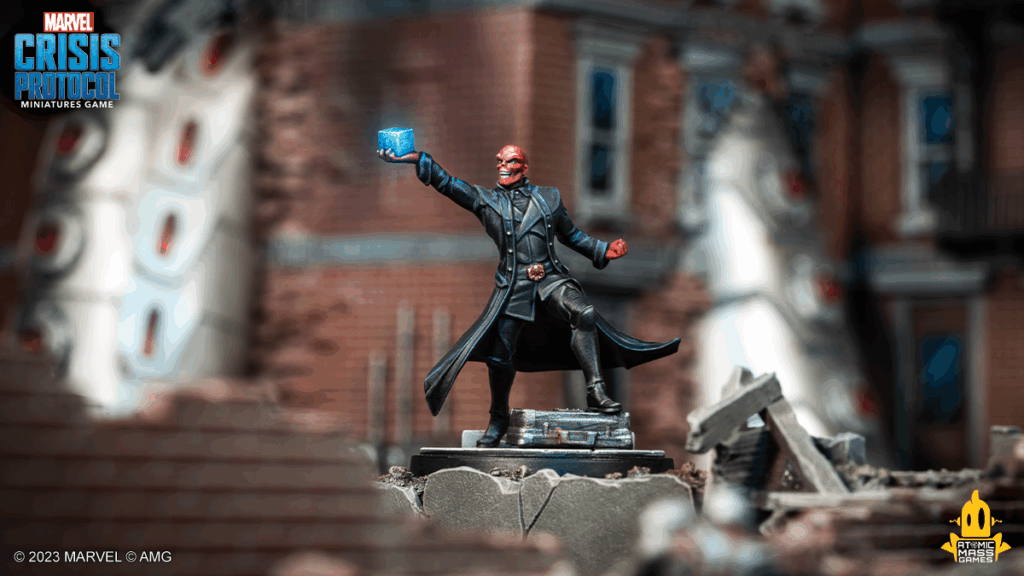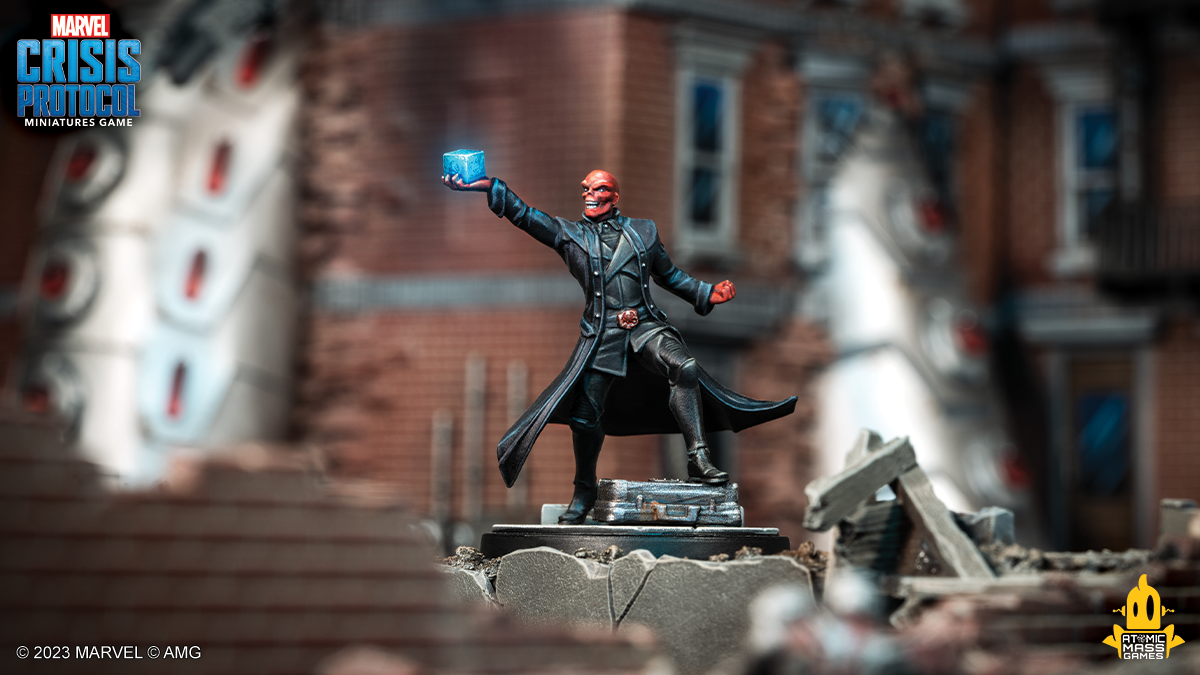
The Red Skull Mask: Exploring the Iconic Marvel Villain’s Symbol
The Red Skull mask is one of the most recognizable symbols in the Marvel Universe, instantly associated with villainy, world domination, and the relentless pursuit of Captain America. But what is it about this crimson visage that makes it so compelling and enduring? This article delves into the history, symbolism, and cultural impact of the Red Skull mask, examining its evolution across comic books, films, and other media.
Origins of the Red Skull
The Red Skull first appeared in Captain America Comics #7 in October 1941, created by Joe Simon and Jack Kirby. Initially, there were multiple iterations of the Red Skull, but the most prominent is Johann Schmidt. Schmidt was a Nazi officer personally chosen by Adolf Hitler to be his right-hand man in spreading terror and chaos. His transformation into the Red Skull wasn’t just ideological; it was physical. He underwent experimental surgery that turned his face into a grotesque, skull-like mask, permanently dyed red.
Johann Schmidt: From Bellhop to Supervillain
Before becoming the embodiment of Nazi evil, Johann Schmidt was an orphaned bellhop. Hitler, recognizing Schmidt’s potential for cruelty and ruthlessness, took him under his wing and subjected him to rigorous training. The experimental surgery that resulted in the Red Skull mask was intended to be the ultimate symbol of Nazi power and intimidation. It was a face designed to inspire fear and obedience.
The Symbolism of the Red Skull Mask
The Red Skull mask is far more than just a physical deformity; it’s a potent symbol of the character’s ideology and motivations. The color red is often associated with danger, violence, and evil. The skull itself is a universal symbol of death and mortality. Combined, these elements create a visual representation of the Red Skull’s nihilistic worldview and his desire to impose his will on the world, regardless of the cost.
Fear and Intimidation
The primary purpose of the Red Skull mask is to instill fear. It’s a constant reminder of the character’s brutality and his willingness to use violence to achieve his goals. The mask is a psychological weapon, designed to break the spirit of his enemies and assert his dominance. The Red Skull understands the power of image and uses his grotesque appearance to maximum effect.
Dehumanization
The Red Skull mask also represents the dehumanization that is central to the character’s ideology. By transforming himself into a monster, the Red Skull rejects his own humanity and embraces a philosophy of absolute power and control. The mask serves as a barrier between him and the rest of the world, allowing him to commit atrocities without remorse. This dehumanization is a key aspect of his villainy and contributes to his enduring appeal as a classic antagonist.
The Red Skull Mask in Different Media
The Red Skull mask has been depicted in various forms across different media, from comic books to animated series to live-action films. Each adaptation has brought its own interpretation to the iconic design, but the core elements of the mask – the red color, the skull-like features, and the overall sense of menace – have remained consistent.
Comic Book Adaptations
In the comic books, the Red Skull mask has undergone numerous iterations over the years. Some artists have emphasized the grotesque, almost monstrous aspects of the mask, while others have focused on its more stylized and iconic qualities. Regardless of the specific design, the mask always serves as a visual shorthand for the character’s evil nature and his role as Captain America’s arch-nemesis.
Film Adaptations
The Red Skull mask made its live-action debut in the Marvel Cinematic Universe (MCU) in the film *Captain America: The First Avenger* (2011), where he was portrayed by Hugo Weaving. The film adaptation presented a more technologically advanced origin for the mask, suggesting it was a result of early experiments with the Super-Soldier Serum. While the appearance was slightly altered for a modern audience, the essence of the Red Skull mask remained intact. The mask was still undeniably terrifying and served as a powerful visual representation of the character’s evil.
Later, in *Avengers: Infinity War* and *Avengers: Endgame*, the Red Skull reappeared as the guardian of the Soul Stone on Vormir, played by Ross Marquand. His appearance had changed significantly, reflecting the effects of his prolonged exposure to the Soul Stone. However, the Red Skull mask was still visible, albeit in a more spectral and ethereal form. This appearance served as a reminder of the character’s enduring presence in the MCU and his continued role in shaping the events of the universe.
Animated Series and Video Games
The Red Skull mask has also been featured in numerous animated series and video games based on Marvel Comics. These adaptations often present a more stylized and exaggerated version of the mask, emphasizing its iconic qualities and making it instantly recognizable to audiences of all ages. Whether it’s a cartoonish depiction or a more realistic rendering, the Red Skull mask remains a powerful symbol of evil and a constant threat to the heroes of the Marvel Universe.
The Enduring Appeal of the Red Skull Mask
The Red Skull mask has remained a popular and enduring symbol for over eight decades. Its appeal lies in its simplicity, its iconic design, and its ability to evoke a strong emotional response. The mask is a visual representation of everything that is evil and dangerous, and it serves as a constant reminder of the threat that the Red Skull poses to the world. The Red Skull, with his signature Red Skull mask, is a formidable foe.
A Symbol of Evil
The Red Skull mask is a powerful symbol of evil because it represents the ultimate corruption of humanity. It is a reminder that even the most ordinary person can be transformed into a monster if they embrace hatred and violence. The mask is a visual representation of the darkness that lurks within us all, and it serves as a warning about the dangers of unchecked power and ideological extremism.
A Timeless Design
The design of the Red Skull mask is timeless and iconic. It is instantly recognizable to audiences of all ages and cultures, and it has been adapted and reinterpreted in countless ways over the years. The mask’s simplicity and its ability to evoke a strong emotional response have made it a popular symbol for decades, and it is likely to remain so for many years to come. The Red Skull mask is a design that speaks to fundamental human fears and anxieties, making it a truly enduring symbol.
Conclusion
The Red Skull mask is more than just a piece of comic book iconography; it’s a powerful symbol of evil, fear, and the corrupting influence of power. From its origins in the early days of Captain America comics to its modern-day appearances in the Marvel Cinematic Universe, the Red Skull mask has remained a constant reminder of the darkness that lurks beneath the surface of humanity. Its enduring appeal lies in its simplicity, its iconic design, and its ability to evoke a strong emotional response. As long as there is a Captain America to fight for truth and justice, there will always be a Red Skull to represent the forces of evil. The Red Skull mask embodies this eternal struggle.
The Red Skull and his Red Skull mask will continue to be a menacing presence in the Marvel universe for years to come. His actions and motivations are driven by a desire for control and a belief in his own superiority, making him a compelling and complex villain. The Red Skull mask is a constant reminder of the dangers of unchecked power and the importance of fighting for what is right.
The legacy of the Red Skull and his Red Skull mask is secure as one of Marvel’s greatest villains.
[See also: Captain America Comic History]
[See also: The Most Evil Marvel Villains]
[See also: The Red Skull’s Powers and Abilities]

